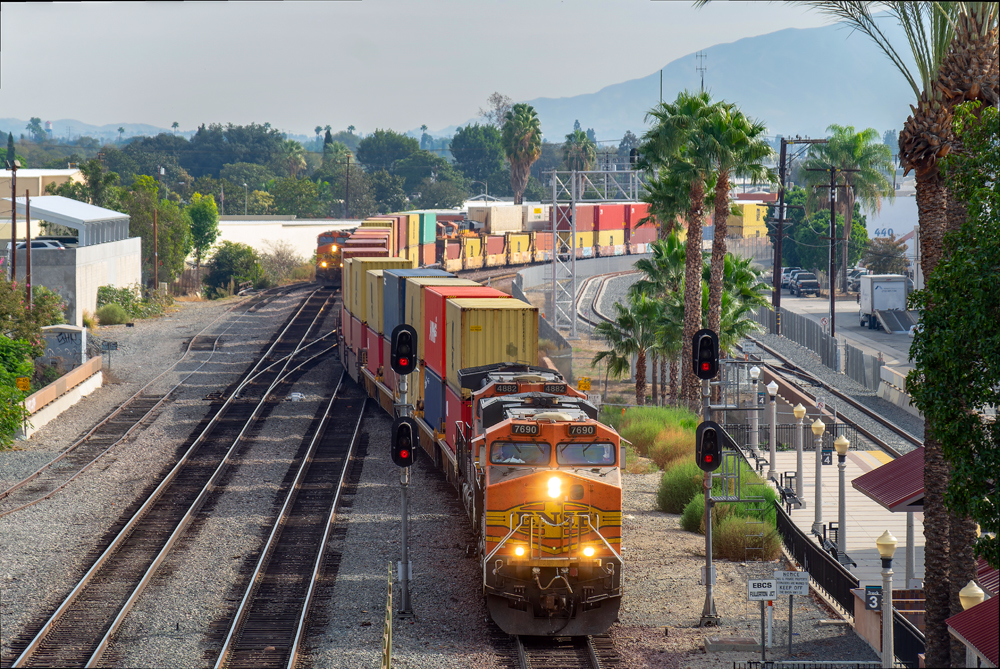
Recently, I began teaching a series of classes at the Railroad Museum of Pennsylvania titled Railroad Photography 101. I cover the basics in this two-hour course, beginning with a short digital slide show encompassing more than 60 years of photography. I also provide a list of 10 basic tips — things like making sure batteries are charged, storage media is present and functional, focus, exposure settings/modes are where you want them, the camera is switched on, the lens cap is off, and the lens is clean. I delve into the issues of subject matter such as moving trains, landscapes with trains, and people with trains. Then I briefly discuss different types of equipment, ways to approach composition, how refine technique, work with light and make the most of foreground and background elements.
However I missed one key element in my syllabus. During my first class, one of the attendees asked how I go about finding trains. A good question and one requiring a long answer.
How to find trains and the challenges you face depends on the railroads and territory you intend to explore. Where railroads are busy and trains run frequently, locating a safe place with an unobstructed view of the railroad may be the challenge. By contrast, on lightly used lines, simply finding a train in daylight can take time.
I’m always on the lookout for places to observe railroads and make photographs. I find it an ongoing challenge, much like an enormous, ever-changing puzzle with lots of little pieces. Obtaining the pieces and fitting them together is part of the fun. The best way to solve this puzzle is to study, observe, listen, take notes, be patient, learn when to act, and recognize when you get lucky.
Railroading is a very complex business and trying to absorb it in its entirety might take a lifetime. It’s best to start with the basics and patiently fit together one puzzle piece at a time. In other words, focus on a railroad line or specific operation and research it thoroughly.
Before the Internet, I’d begin my research by reading histories and Trains articles, devouring maps, and scouring available railroad literature, especially employee timetables. In those days, topographic maps produced by the U.S. Geological Survey were a great resource. I’d make photocopies and use these to follow the railroad and make notes on key locations including interlockings (also known as towers or control points), passing sidings, bridges, tunnels, yards, and stations. I’d pay close attention to grade profiles and study special instructions in timetables to better understand operations, including maximum authorized speeds and permanent speed restrictions.
Today, many of these resources are available online, and third-party applications contain more information than was easily available in the past. For a visual overview, I start with Google Maps. The satellite view (available with the ‘Layers’ toggle control) is especially useful as you can use it to virtually inspect railroad routes and establish a general sense of where the tracks run and how they interface with highways, rivers, and other geographic features. Zooming in allows me to locate crossovers, yards, engine terminals, access roads, and other infrastructure that relates to operations. The Google Maps Street View function is a great way to seek public access trackside locations, such as grade crossings, without the necessity of an in-person scouting visit. Another site is the Historical Topo Map Explorer, which allows you to drop a pin and then search back through a catalog of USGS maps. It also has a satellite view and you can use a slider-toggle to go back and forth between historic maps, modern views, and satellite images. Topo maps also provide a sense of the terrain. For details on infrastructure try rail.guide, which provides detailed color coded railroad overlays for North American lines. This website shows railroad lines by operator, identifies control points, stations, automated defect detectors and other useful information, similar to employee timetables in an interactive format.
Understanding the railroad is key to figuring out when and where trains run. Monitoring a programmable scanner may be helpful — and you can find lists of railroad frequencies online — however, changes to signaling and radio transmission systems result in less useful information than was broadcast decades ago.
Regularly scheduled passenger trains follow published schedules with times for intermediate stations as well as end terminals. In addition, many passenger operators provide Internet resources that track trains and offer updated information [see Travel, May 2025]. Freight railroading is more challenging. Most freights do not adhere to strict schedules between intermediate points, but many trains have established crew call times and tend to follow repeated operational patterns. Through careful repetitive observation, you may establish time parameters when freights pass locations along the line, while determining the days of operation. You’ll need to learn the differences between local freights and through trains. Many locals operate as round-trip “turns” to make carload deliveries and switch customers. Through freights typically work from terminal to terminal. Observe where trains routinely make meets, work lineside yards or industry, or stop for other reasons. Take note on how long a brake test takes to perform and how long it might take for a train to depart its home terminal.
Unscheduled moves or special trains are the hardest to find. Social media groups that focus on a specific line may be helpful in gaining advance word on special operations. Striking up conversations with fellow observers along the line can also be useful. A keen railroad observer can obtain thorough understanding of operations, although perfection of this skill may take years of patience.
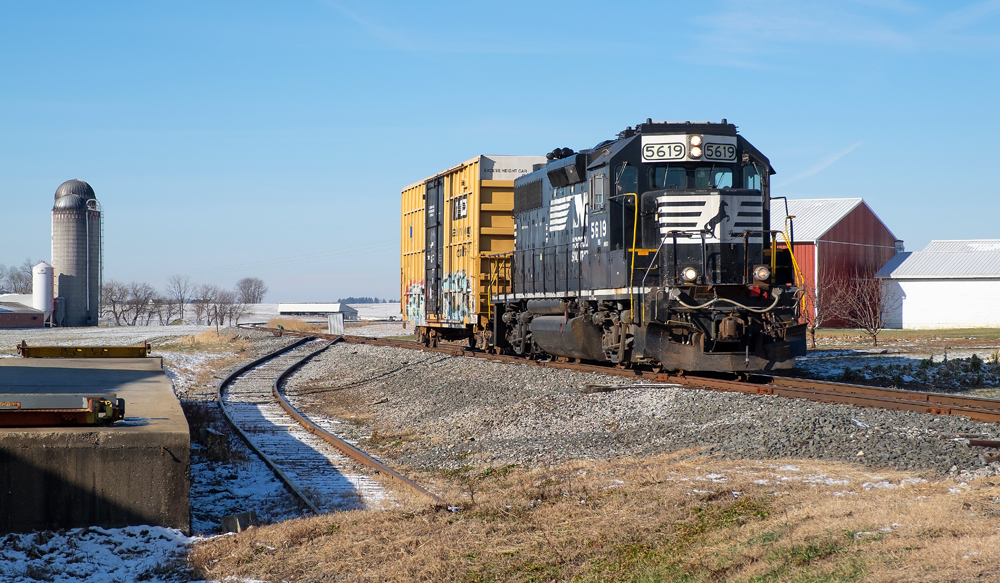






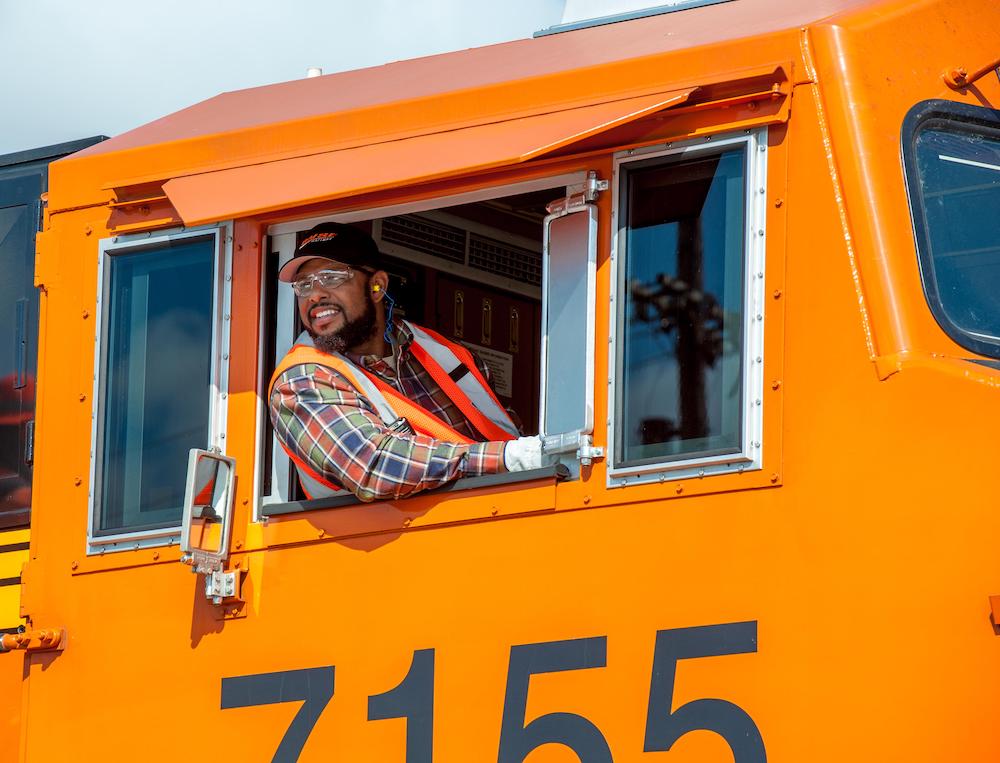
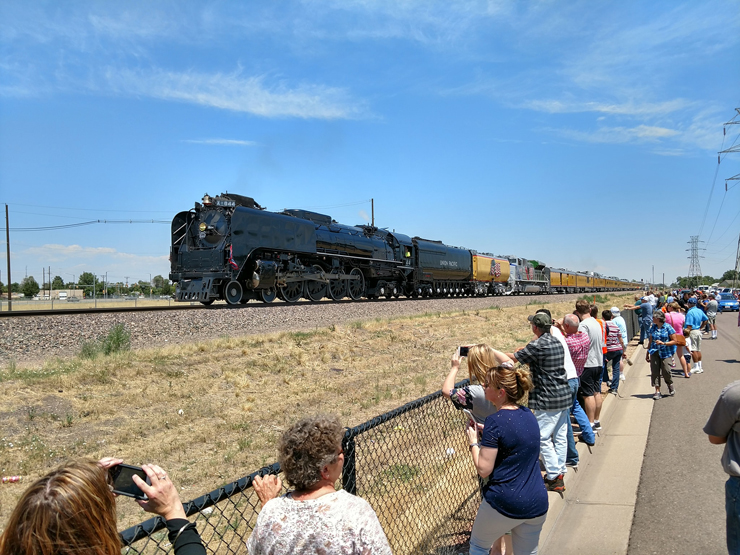
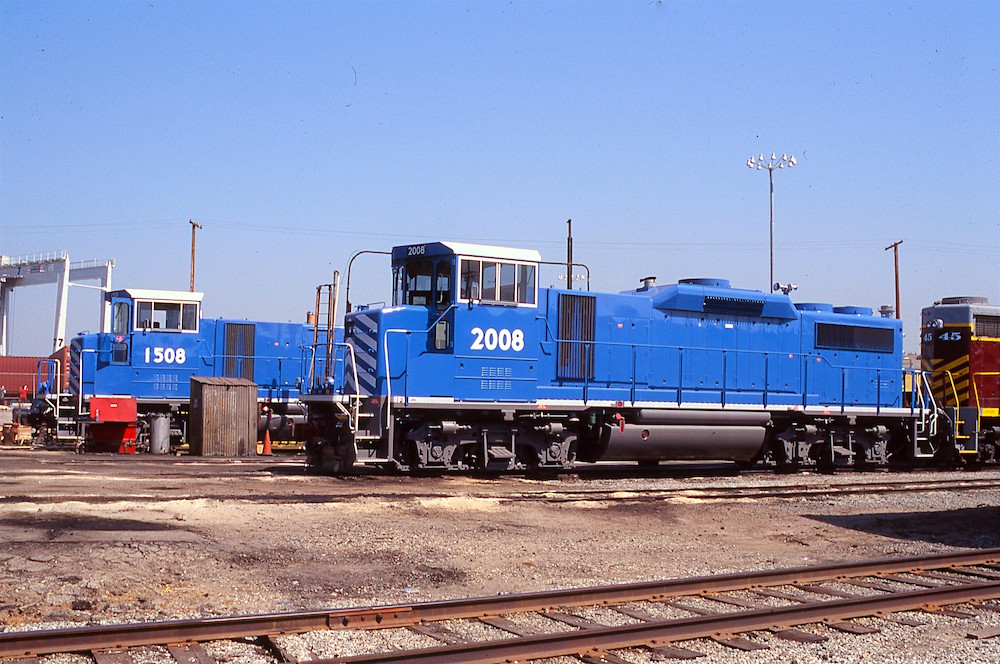
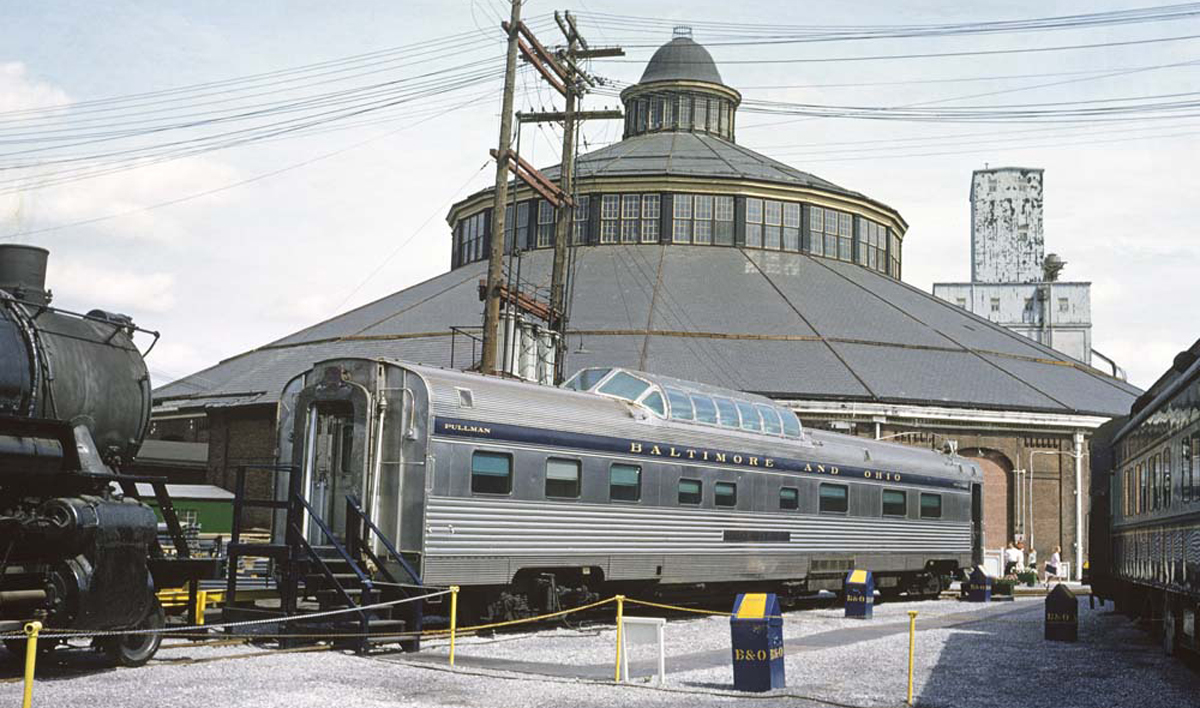
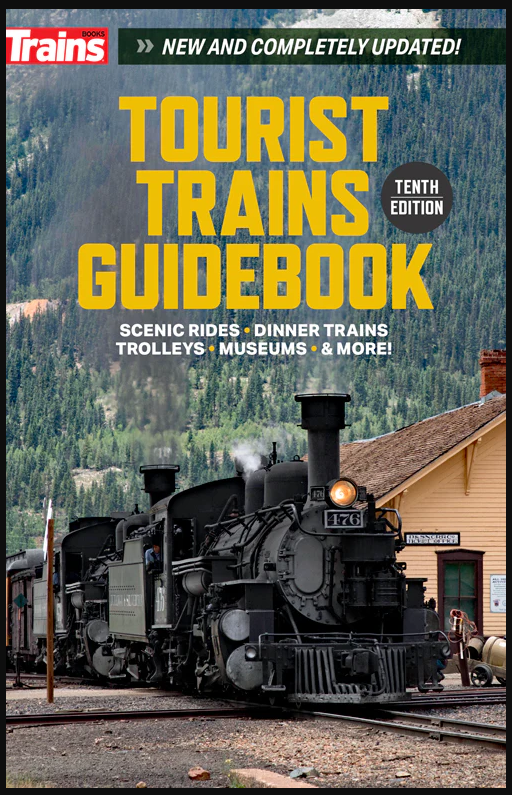
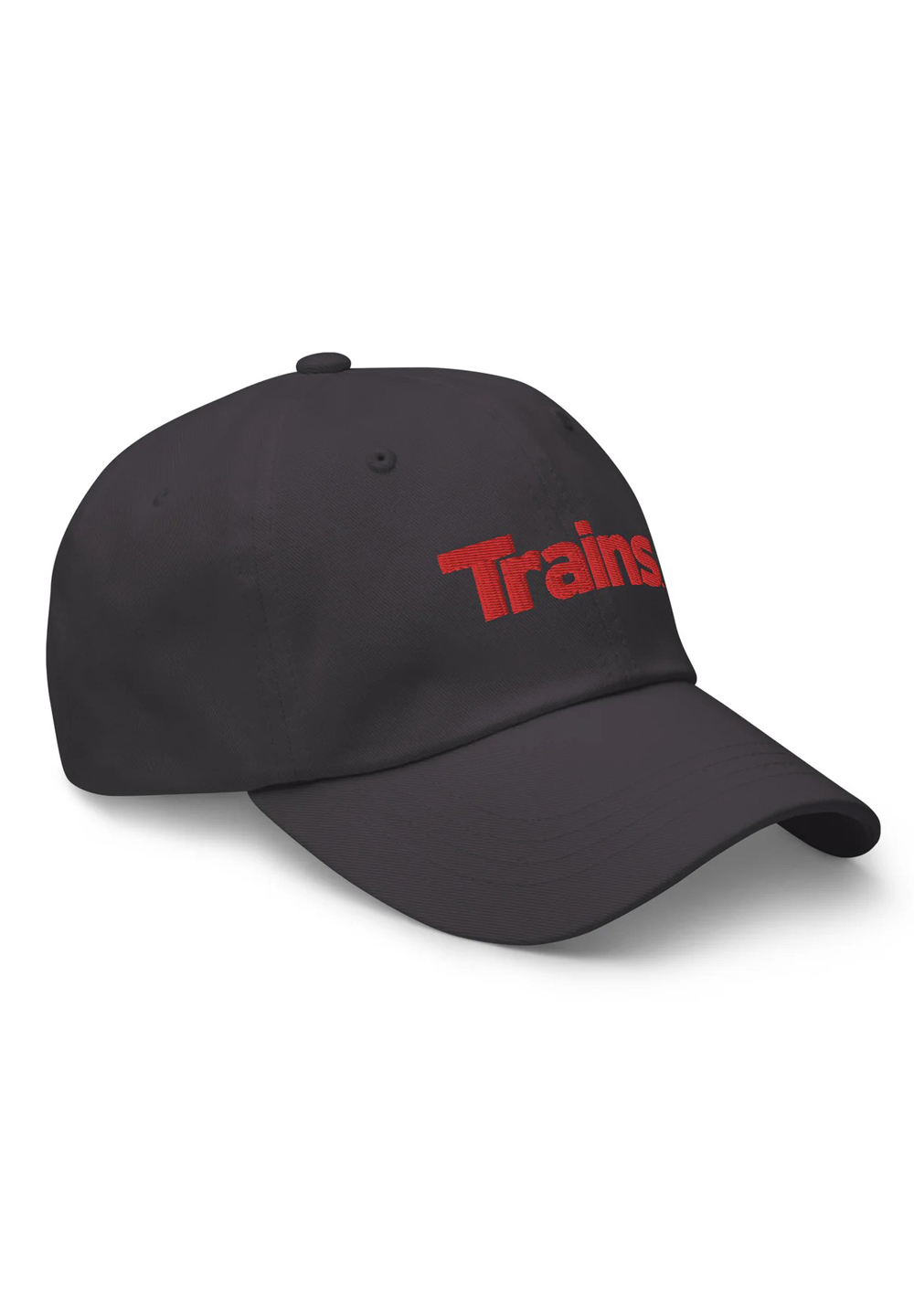
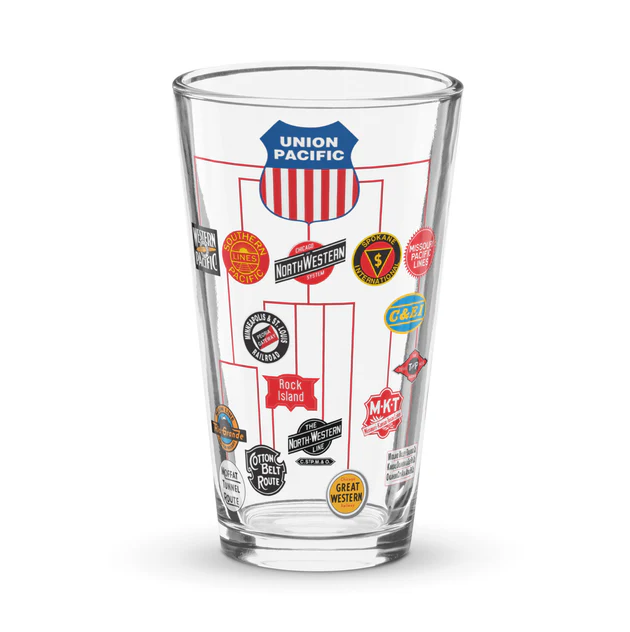
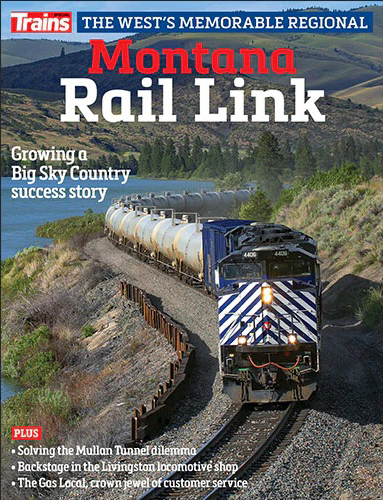
Isn’t the real trick being able
To find the hard-to-find trains
In the investigative ambience of railfanning?
Dr. Güntürk Üstün
Thanks to today’s dazzling information and communication technology, it is now obviously easier to find trains for photographing/filming than it was in the last century… Still, the dominant role of experience & patience in the company of good luck cannot be ignored for devoted railfans… Let’s get to work, folks!
Dr. Güntürk Üstün